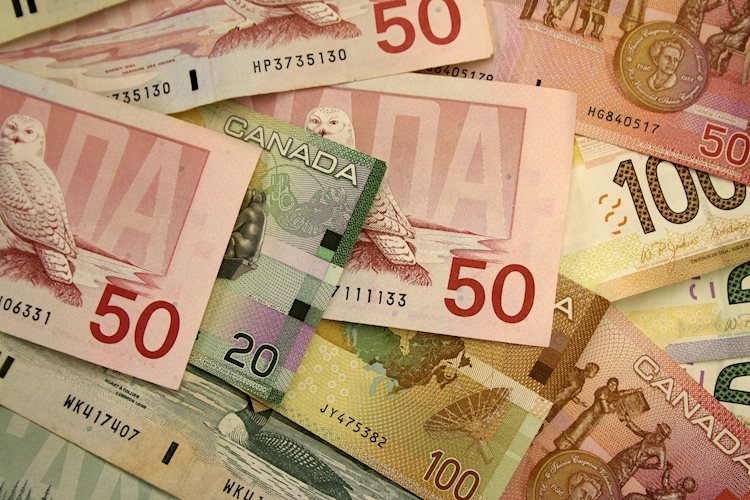The USD/CAD pair weakened to around 1.3470 in Friday’s early Asian session as the US Dollar faced pressure due to expectations of lower interest rates by the Federal Reserve. The spotlight on Friday was on the US Personal Consumption Expenditures (PCE) Price Index for August, which could provide clues about the US central bank’s future path. The Fed has penciled in additional rate cuts by the end of the year, which has exerted selling pressure on the USD against the Canadian Dollar. The release of the PCE data, with an expected increase of 2.3% YoY in August, could impact the USD’s future trajectory.
Investors are closely monitoring key factors that influence the Canadian Dollar, such as interest rates set by the Bank of Canada (BoC), the price of oil, the health of the economy, inflation, and the Trade Balance. The US economy also plays a significant role in determining the value of the Canadian Dollar, being its largest trading partner. The BoC’s decisions on interest rates, inflation, and credit conditions can impact the CAD positively or negatively, depending on the policy direction. Quantitative easing and tightening measures can also influence the CAD’s value in the currency markets.
The price of oil is a crucial factor affecting the Canadian Dollar due to Canada’s heavy reliance on petroleum exports. Higher oil prices often lead to an increase in CAD value, as demand for the currency rises. Conversely, lower oil prices can negatively impact the CAD. Inflation, once seen as a negative factor for currency, has now become a positive influence due to increased global capital flows. Higher inflation rates can attract more capital inflows, boosting demand for the Canadian Dollar.
Macroeconomic data releases, such as GDP, manufacturing, services PMIs, and consumer sentiment surveys, provide insights into the health of the Canadian economy. Strong economic indicators can attract foreign investment and potentially lead to interest rate hikes by the BoC, strengthening the CAD. On the other hand, weak economic data can weigh on the CAD’s value. Market sentiment, whether investors are taking on more risky assets (risk-on) or seeking safe-havens (risk-off), also plays a role in influencing the Canadian Dollar.
Overall, the USD/CAD pair is currently influenced by a combination of factors, including the Federal Reserve’s stance on interest rates, the US economy’s performance, and the direction of the Canadian economy. Investors are closely monitoring key economic indicators and central bank policies to gauge the future trajectory of the USD/CAD pair. The price of oil, inflation, and market sentiment are additional factors that can impact the value of the Canadian Dollar. As the global economic landscape continues to evolve, the USD/CAD pair is likely to see fluctuations based on these various factors.











